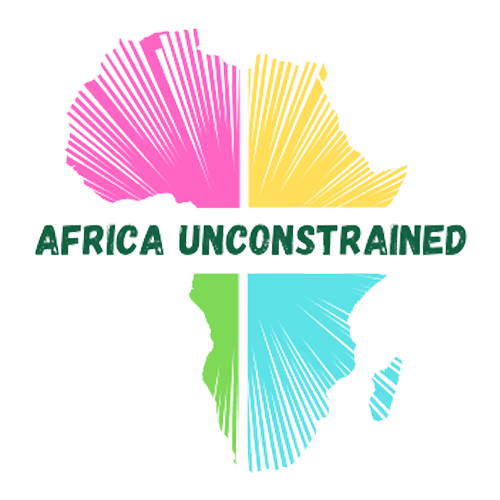
Data










Due to Angola’s high dependence on oil production and exports (see below), GDP growth has generally reflected the movement in oil prices, with annual GDP growth averaging 7.8% over the past two decades. However, since 2016 Angola has suffered annual recessions and is only forecast to return to growth in 2021. The country’s undiversified economy, along with the legacy of a prolonged civil war that only ended in the early 2000s, created problems with debt accumulation, with public debt as high as 220% of GDP in 1995. Although Angola was not invited to take part in multilateral debt relief initiatives, it did benefit from a small cancellation by China, and the country gradually decreased public debt during the mid-noughties.
2.4%
Economic Growth
3 / 8
DR's Debt Transparency Index
90.8%
gross debt position % of GDP
-0.13%
Budget balance (2021)
Angola
Debt to GDP Ratio
Angola’s public debt to GDP ratio has increased substantially over the past decade, breaching 100% of GDP in 2019, the highest rate in Africa and among the ten highest in the world. The major cause of the growing debt to GDP ratio has not been increasing debt itself, but instead the decreasing size of the economy, which is forecast to shrink by a further 1.4% in 2020. The COVID-19 pandemic is leading to a further deterioration of government finances with the debt to GDP ratio forecast to peak at 120% by the end of 2020.

In 2019, the government introduced a three-year Medium-Term Debt Management Strategy, which included new tax measures, spending cuts, and privatization of state-owned companies, to strengthen government finances and ensure debt remained sustainable. The effects were noticeable, with the government running a fiscal surplus – where government revenues exceed expenditure – for two consecutive years.
It is also worth noting that Angola’s score in the Debt Transparency Index this report has compiled is amongst the lowest, with no publication of government contracts, no effective freedom of information rules, and a highly limited amount of data available on government websites or data portals.
As Angola’s debt has risen, so has the cost of servicing it; in 2010 interest payments were equivalent to 3.8% of total government expenditure, yet by 2017 they equated to 11.4%. For comparison, only 5.4% of government expenditure is allocated to health spending: for every Angolan Kwanza the government spends on health care, two Kwanza are given to creditors to pay the interest on its debt. This could represent a significant opportunity cost IF the projects paid for by the debt are not helping Angolans raise their standards of living.
Angola
Revenue and Budget Balance
No Data Found
The importance of Chinese debt in Angola’s financing portfolio has consistently increased over the past two decades, with Chinese debt accounting for less than 2% of Angola’s total external debt stocks in 2002, increasing to 39% in 2017. This is driven by the absolute and relative increase in Chinese loans whose growth has almost consistently outpaced that of overall external debt in the last two decades. In 2016 Angola borrowed US$17.6 billion from China for the mining sector alone.
Indeed, Angola is now the biggest recipient of Chinese debt of any African economy in particular oil-backed financing instruments – using its rich oil reserves as collateral – to access Chinese finance (NB: These instruments were first used in Sudan).
Such resource-backed loans (RBLs) provide a clear benefit to Angola’s citizens in the sense of ensuring oil revenues are fully dedicated (i.e. hypothecated) to infrastructure spending projects and ensuring less chances for funds to be lost to tax havens, for instance. In addition, in some cases, if well negotiated, such instruments can be designed to provide a buffer for borrowers against low oil (or other natural resource) prices, an issue that has become pertinent since March 2020 when oil prices plummeted.
China Debt : GDP Ratio (%)
External Debt Stock to China vs. Other Countries (USD millions)
No Data Found
On the other hand, there are – as mentioned earlier – potential opportunity costs associated with RBLs: Angolan citizens may prefer the oil revenues to be spent on other issues such as education or health. In addition, such instruments do not eliminate the potential of overinflated project bids, which can be associated with corruption. Finally, if not well negotiated RBLs can leave Angola particularly vulnerable to oil price fluctuations, especially unprecedented price shocks as occurred in 2020. For instance, if debt obligations and loan repayments are linked to a fixed crude oil price that has meant as the price falls, Angola would be obliged to export larger quantities of oil to China to service its debt. However, it is not clear how Angola has negotiated these RBLs with China. Statistics suggests there may not be a significant buffer. For instance, debt service to China accounted for 54% of Angola’s total debt servicing costs in 2017, despite only accounting for 39% of all debt stocks.
External Debt
No Data Found

No Data Found
Acknowledgements:
and The Development Reimagined Team
Statement on use of data:
This debt guide uses a compilation of data from the IMF World Economic Outlook, the World Bank, the AfDB, Trading Economics, Jubilee Debt Campaign, China Africa Research Initiative for Chinese loans, Christoph Trebesch et al. for China Debt Stock Database, DR’s dataset for debt cancellation and COVID spending, as well as the data from countries’ government websites (if applicable).
55%
Listening Music
47%
Reading
36%
Gardening
25%
Sleeping


60%
Watching Tv
19%
Meditation




COVID-19
No Data Found


